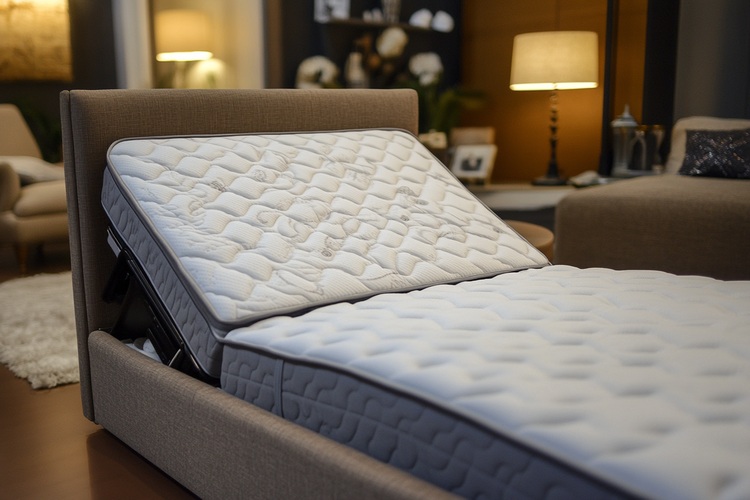A Guide to Choosing the Perfect Bed: Types, Materials, and Essential Considerations
Getting a good night's sleep starts with having the right bed. A bed is more than just a piece of furniture - it's an investment in your health, comfort, and overall well-being. Understanding the various types, materials, and features available can help you make an informed decision when selecting the perfect bed for your needs.

Understanding Bed Sizes and Dimensions
Bed sizes range from twin to California king, each serving different purposes. Twin beds (38” x 75”) work well for children or small spaces. Full beds (54” x 75”) suit single adults or smaller master bedrooms. Queen beds (60” x 80”) accommodate couples comfortably, while king beds (76” x 80”) provide maximum space. California kings (72” x 84”) offer extra length for taller individuals.
Materials and Construction Quality
The durability and comfort of a bed depend largely on its materials and construction. Metal frames offer strength and affordability but may lack aesthetic appeal. Wooden beds provide classic beauty and stability, with hardwoods like oak and maple being particularly durable. Upholstered beds add luxury and comfort but require more maintenance. Consider the bed’s weight capacity, joint construction, and overall sturdiness when making your selection.
Essential Features to Consider
When choosing a bed, several features deserve attention. Storage options like built-in drawers can maximize space efficiency. Adjustable heights accommodate different mattress thicknesses. Headboard designs range from minimalist to elaborate, affecting both aesthetics and comfort. Some beds include USB charging ports or reading lights for added convenience.
The Impact of Room Size and Layout
Your room’s dimensions and layout should influence your bed choice. Allow at least 24 inches of walking space around the bed. Consider door swings, window placement, and other furniture when positioning the bed. For smaller rooms, consider space-saving options like storage beds or those with minimal footprints.
Comparing Popular Bed Options
| Bed Type | Average Price Range | Key Features |
|---|---|---|
| Platform Bed | $200-$1,000 | No box spring needed, modern design, often includes storage |
| Traditional Frame | $150-$800 | Classic look, requires box spring, various materials |
| Storage Bed | $400-$1,500 | Built-in drawers, space-efficient, practical design |
| Adjustable Bed | $800-$3,000+ | Multiple positions, electronic controls, health benefits |
| Murphy Bed | $1,000-$3,000 | Space-saving, dual-purpose, fold-away design |
Prices, rates, or cost estimates mentioned in this article are based on the latest available information but may change over time. Independent research is advised before making financial decisions.
Maintenance and Longevity
A well-maintained bed can last 15-20 years or more. Regular cleaning, tightening of components, and proper weight distribution extend longevity. Check support systems periodically, especially with platform beds. For upholstered beds, regular vacuuming and prompt stain treatment help maintain appearance and hygiene.






